Editorial
Volume 3 Issue 3 - 2018
Smile Dentistry
Assistant Professor Deportment of Orthodontics and Dentofacial Orthopaedics, Yenepoya Dental College, Yenepoya University Mangalore, Karnataka, India
*Corresponding Author: Shafees Koya, Assistant Professor Deportment of Orthodontics and Dentofacial Orthopaedics, Yenepoya Dental College, Yenepoya University Mangalore, Karnataka, India.
Received: May 28, 2018; Published: June 02, 2018
Smile is an important facial expression of communication. Smiles convey warmth, confidence, social status and career success. Now a day’s people are more conscious about their smile and approaches the dentist for its correction. Smile analysis and smile design have become key elements of dentistry in diagnosis and treatment planning. Smile analysis is part of a facial analysis and allows the dentist to analyze the various aspects of smile in detail. After a thorough smile analysis, the dentist being the center point, can refer to the specialists as needed. Most of the time to perfect a smile, a team work of an orthodontist, periodontist, endodontist, prosthodontist and an oral surgeon is required depending upon the problem list. Whether it is a maloccluded teeth or hypoplastic teeth, or gingival hyperplasia, or mesiodens or a missing tooth - modern dentistry can easily perfect the smile with a team coordination.
Various authors have suggested different elements for smile analysis. All these elements analyses the soft tissue components and tooth components involved in smile. The tooth components involved are the dental midline, axial inclination, incisal display, incisal embrasures. Other elements like tooth contacts, connectors and embrasures can be of real significance in planning the treatment of the smile. The connector is where the incisors and canines appear to touch. The soft tissue components involve the gingival health, gingival line and zenith, gingival display, philtrum height, upper and lower lip length, buccal corridor. Other components like smile arc, smile symmetry, lip elevation, lip curvature also add to the balance of smile which has to be analyzed. Other factors that may affect the beauty of the smile are duchenne smile, presence of dimples and nasolabial folds. The duchenne smiles is the presence of orbicularis oculi activation, as marked by crow’s feet wrinkles in the eye region.
Today’s “art of the smile” is being driven by the dentist’s ability to clinically examine the patient in 3 dimensions and use the latest technology (computer databasing of the clinical examination and digital videography) to document, define, and communicate the treatment strategy to patients and colleagues involved in interdisciplinary care [1].
The contemporary orthodontist no longer evaluates patients in terms of only the profile, but also frontally and vertically, to complete the 3 spatial dimensions, and statically and dynamically [2,3]. Also, the orthodontist must now add a fourth dimension: Time. Orthodontists are the first in line in a decision-making process that ultimately affects a patient’s appearance for the rest of his or her life. The dentist must understand not only dentoskeletal growth and development, but also soft tissue growth, maturation, and aging [4,5]. Smile dentistry is thus a multidisciplinary approach involving consultation with various dental specialties performing smile analysis and treatment planning to provide better smile to the patients.
References
- Ekman P., et al. “The Duchenne smile: Emotional expression and brain physiology. II”. Journal of Personality and Social Psychology 58.2 (1990): 342-353.
- Rigsbee OH., et al. “The influence of facial animation on smile characteristics." The International Journal of Adult Orthodontics & Orthognathic Surgery 3.4 (1998): 233-239.
- Powell N and Humphreys B. “Proportions of the Esthetic Face.” Thieme, New York, (1984).
- Sarver DM and Ackerman JL. “Orthodontics about face: the reemergence of the esthetic paradigm.” American Journal of Orthodontics and Dentofacial Orthopedics 117.5 (2000): 575-576.
- Arnett GW and Bergman RT. “Facial keys to orthodontic diagnosis and treatment planning. Part II.” American Journal of Orthodontics and Dentofacial Orthopedics 103.5 (1993): 395-411.
Citation:
Shafees Koya. “Smile Dentistry”. Oral Health and Dentistry 3.3 (2018): 658-659.
Copyright: © 2018 Shafees Koya. This is an open-access article distributed under the terms of the Creative Commons Attribution License, which permits unrestricted use, distribution, and reproduction in any medium, provided the original author and source are credited.

















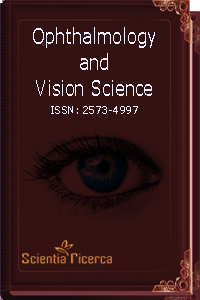
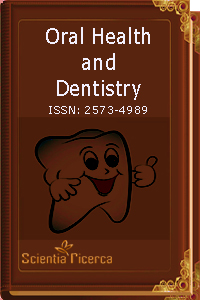
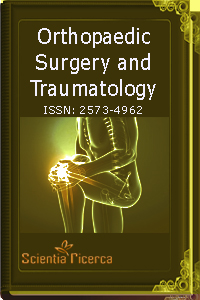


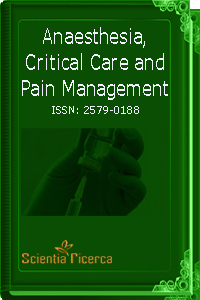

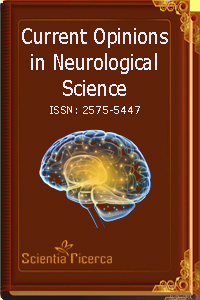


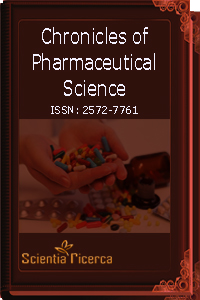






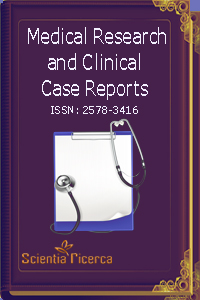
 Scientia Ricerca is licensed and content of this site is available under a Creative Commons Attribution 4.0 International License.
Scientia Ricerca is licensed and content of this site is available under a Creative Commons Attribution 4.0 International License.